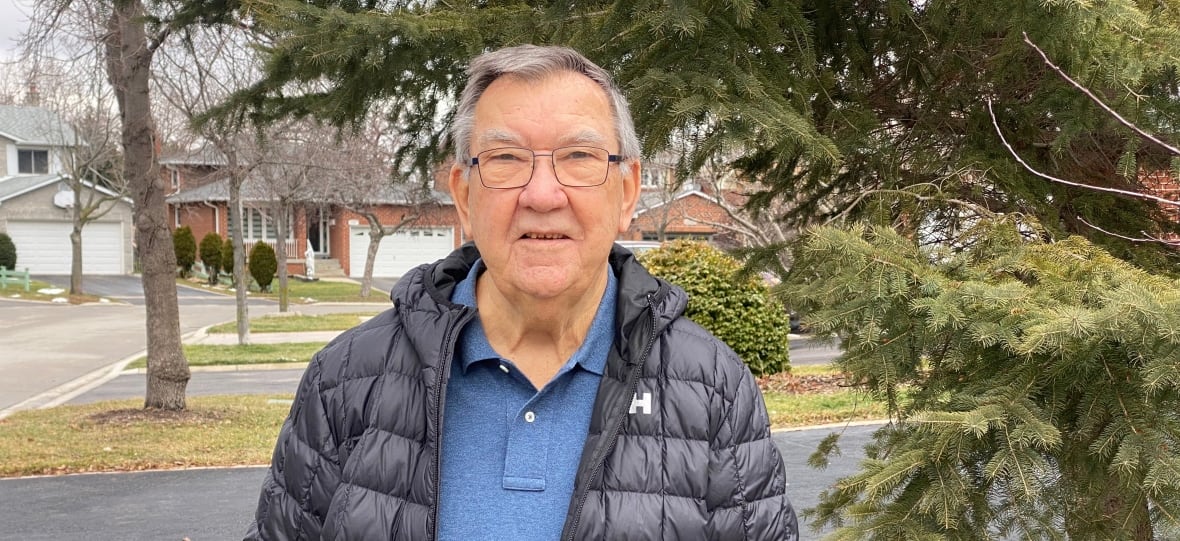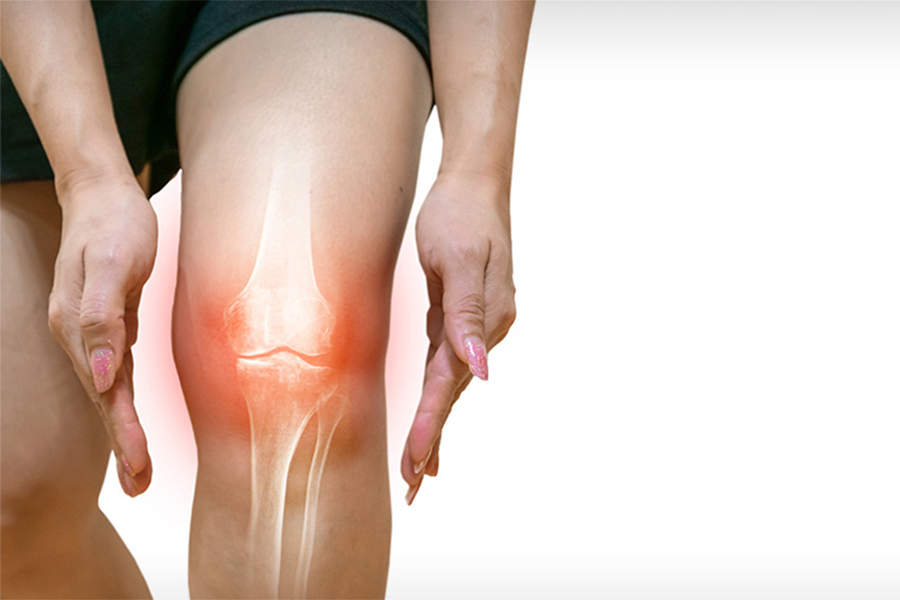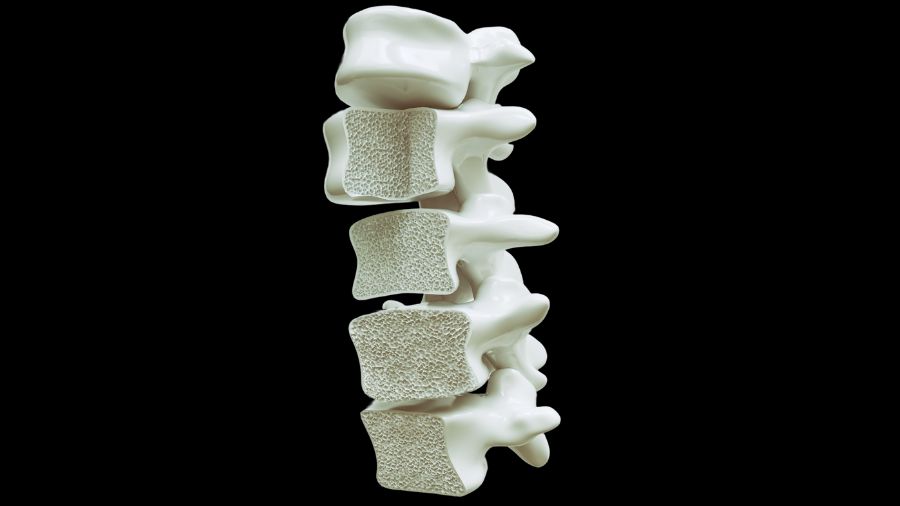Orthopedic surgeon Dr. Michael Zywiel explains how a new device holds promise for better outcomes. (Photo: Tim Fraser)
Ever since he joined the Division of Orthopedic Surgery at the Schroeder Arthritis Institute and the Sprott Department of Surgery in 2018, Dr. Michael Zywiel has been determined improve outcomes for patients who undergo knee surgery. He was concerned about the high number of his patients who were not entirely satisfied after undergoing knee replacement procedures.
Now, four years later, he and a team of surgical experts, nurses and physiotherapists achieved a milestone: They performed a knee surgery using a new robotic device never before used in Canada.
Steven Gotal, a 75-year-old Mississauga man, was the patient who agreed to be part of this new approach. After decades of problems with his left knee, he was quickly losing his ability to do simple tasks like walking and going up and down the stairs. Even though he had reconstructive knee surgery back in the 1990s, his knee started deteriorating rapidly about three years ago. He was at the point where he could not even enjoy his last trip to Europe as walking had become too agonizing.

“It was starting to be very painful,” he explained, saying he also could no longer go cycling or swimming. One of his biggest fears was that his immobility would restrict his activities with his two granddaughters.
Dr. Zywiel offered Stephen the opportunity to be first patient in Canada to undergo knee replacement surgery with a new robotic device. After joking that he hoped Dr. Zywiel had some practice with the device, Stephen agreed to the surgery. Stephen has been pleasantly surprised with his smooth recovery. He now can go up and down the stairs at home with far less pain, and is no longer using a walker.
This was Dr. Zywiel’s goal when he advocated for the acquisition of VELYS robotic assisted device. However, the equipment had not been used in Canada due to its expense. Thankfully, UHN Foundation donor Tina Buchan agreed to cover the cost of the robot. As a long-standing champion in advancing arthritis care at UHN, she is a strong believer in funding pilot projects that offer great promise.
Built by Depuy Synthes, a U.S. medical device company, the robot allows the team to more accurately plan and execute the surgery, which results in less trauma to the knee and especially to all the ligaments and muscles in the knee. He explains this is important because every patient’s knee is a little different and needs implants in a slightly different position.
Dr. Zywiel explains that using the device also increases the efficiency of the surgical team, with less instrumentation and OR time needed. Most importantly, it means that patients can get out of hospital sooner, recover faster and return to the things they want to do in their regular life as fast as possible.
The successful use of the Velys Robot has other groundbreaking implications for orthopedic surgery at UHN. In collaboration with the Michener Institute, the robotic device provides new opportunities for training other surgeons. Dr. Zywiel is excited about teaching other surgeons from the GTA and even around the world how to use this robotic technology.
In the meantime, Stephen is confident that he will soon be cycling and swimming again, and does not regret being the first patient in the country to undergo surgery with the new device.
“I’m very glad I did it!”
Read more about how the Campaign to Cure Arthritis is advancing arthritis care.


